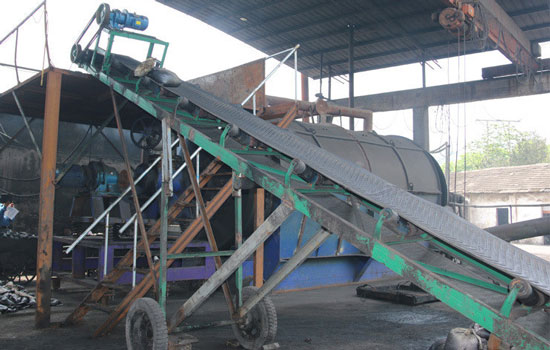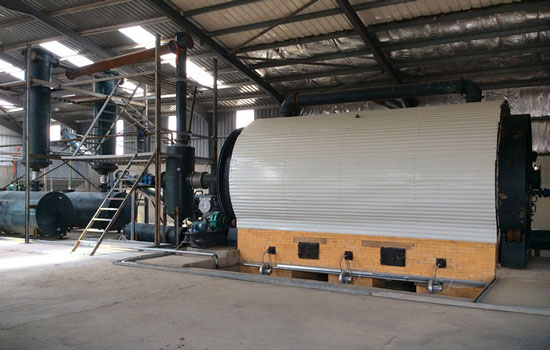The processing of crude oil into the useful fuels that we use in our day-to-day lives often contributes its fair share of wastes. These wastes, or sludge as is commonly referred to, are undesirable and should by all means be separated from the end products. In this article, we shall discuss the manner in which crude oil sludge is separated from the finished products and subsequently treated.

The oil sludge treatment plant will depend on a number of factors including the source and composition of the raw materials. The customers’ requirements pertaining to the quality of the end products is yet another factor that will determine the design of a crude oil sludge treatment plant. A typical continuous pyrolysis plant will mainly comprise of the following processes:
(1)The mechanical removal of any solid residues.
(2)A heating process that is designed to reduce viscosity in order to enhance the mobility of the sludge.
(3)A de-emulsifier process aimed at disintegrating emulsions. This makes the water, solids, and oils that are bound in the emulsion to be accessible for centrifugal separation.
(4)A polymer dosing process that is done to enhance the solid removal rate as well as the cake dryness.

A crude oil sludge recycling treatment plant can be implemented in either two ways. The first involves the separation of water, waste oil, and solid particles in a high performance 3-phase decanter centrifuge. The upside of this system is that the oil extracted from the process is good for use as one of the raw products in the refinery. The first phase of the system or the oil phase removes all the water but 3% of the water level and solid particles below 1000 ppm remain present. More information on pyrolysis plant for sale here.
In phase 2, 3% of the oil content is remains alongside solid particles greater than 1000 ppm but less than 3000 ppm. The solid phase, which is also the third and last phase of the system, eliminates up to 50% of the dry solids and a significant portion of the hydrocarbon content. Quite effective, right? Well, let us now shift our focus to the alternative implementation of a crude oil sludge treatment.
The first phase of the second system we are discussing, or the oil phase, results into a 0.3% of the water content and virtually no solid particles at all. In the water phase, only about 0.3% of the oil content remains and about 100mg/L of the solid particles. It is, therefore, evident from these figures that the second system is more efficient than its closer companion.
In conclusion, the treatment process of crude oil sludge is as simple as has been demonstrated above. The results of which is an end product that is pure and raw materials that can be fed back to the refinery process. Get high quality small pyrolysis machine here.